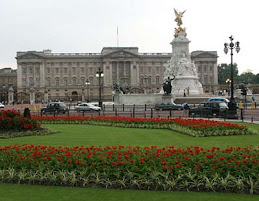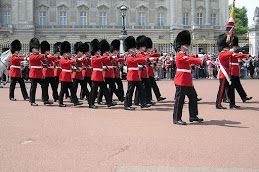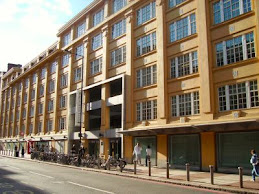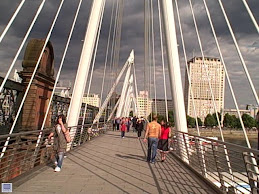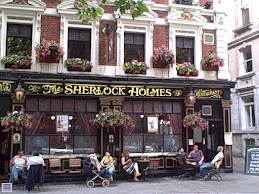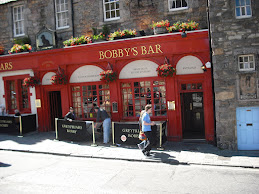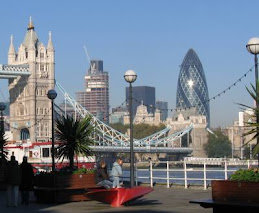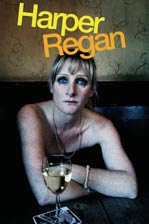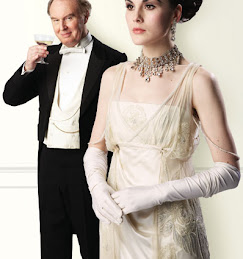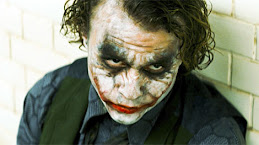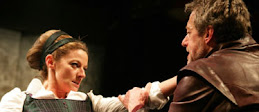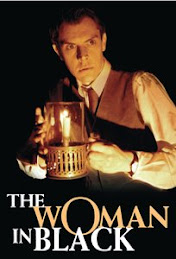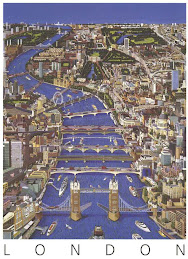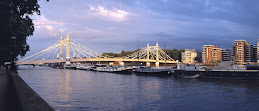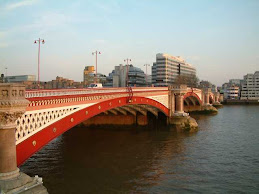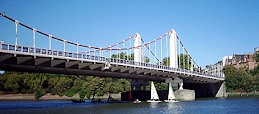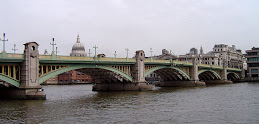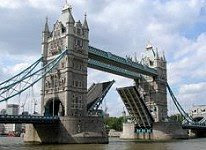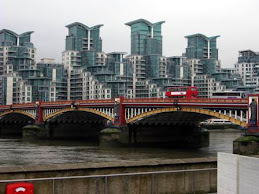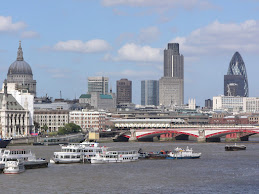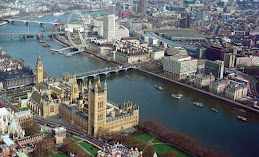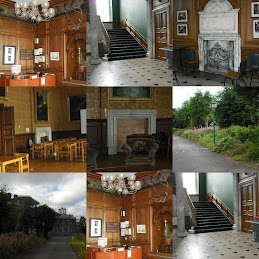
The St. Paul’s Cathedral library was the first library the class visited. Initially, we met in the courtyard at 9:00 a.m. at the King’s College dormitory. The agenda was to meet and travel the distance to this library together by means of the London underground transport called “The Tube”. Travelling the distance together was one way to offer me another avenue that tested my comfort levels with this means of transport throughout London. A world away from the noise and hustle-bustle of the busy London streets, yet immersed in another realm of London’s chaos of commuting work force and other locals and non-locals that includes individuals like myself travelling from afar to this land, I headed on our planned route north of the River Thames. While the majority of younger students here at King’s College appeared well acclimated to the Tube remarkably only a few days into the program, I on the other hand felt quite the opposite, leaving me feeling like a young school girl with all of the inclusive insecurities that oftentimes are so connected with that time in life. Yet with each day in London, I have felt more at home in this very famously breath-taking and colossal European metropolis. A ride on the Northern underground train line from Waterloo Station, through stops at Embankment, Charing Cross, Leicester Square and Tottenham Court Road, offered a quick transfer to the Central Line going east, through the Holborn and Chancery Lane stops or interchange stations where direct and swift connections dictated a very successful arrival at our prime destination point of St. Paul’s Cathedral. And not to forget, as one exists the train to "mind the gap" as you exit. The walk was not far from a destined “Way Out” of this station to our ultimate destination that led somewhere upwards to the noisy streets of London at a great height of undetermined measurement of my own above ground. I was especially happy to have had the opportunity to visit St. Paul’s Cathedral the day prior, to attend a Sunday religious service there as an optional British Studies student group venture, because a familiarity with the immediate area was discovered as we walked towards the cathedral rising high above the surrounding buildings and sitting in the oldest region of the city somewhere along the edge of the River Thames.
Tour of St. Paul’s Cathedral:
The top of the dome with a spindle bearing a cross, rose to a great height with all of its golden embellishments and glory from the bottom of the construction to the top which initially hid from our view amongst many the many surrounding buildings upon arrival in the world back ‘above ground’. Looking ahead and to our sides, we were blinded of a view of the cathedral, but with a classmate’s help (Linda), we turned in the correct direction of the building and were set on a direct course. Upon arrival, we waited in front of the cathedral gasping and in utter amazement of all of its beauty and greatness in size and amazing architectural and structural design by Sir Christopher Wren who is known for rebuilding the city’s churches following the Great Fire of 1666.
The stairs leading up to the front of this Protestant cathedral were filled with several very large groups of grade school students who were on what appeared to be school field trips. As everyone took photos of the building and surrounding sights, I followed suit and then took some videos with the flip video camera I borrowed from my daughter. I was tickled to see the youth outside and how very well behaved they were and well dressed in their formal school uniforms. The youth were attentive to their teachers and nicely groomed in their stately school uniforms, as you might find in the United States with children in private schools. Following their class/group pictures on the steps of the cathedral, ‘our class’ then ascended up the front stairs of the cathedral to take our turn with the class photos. :) Once again, I sort of felt like a young school girl and it was an unusual feeling. I fought back the feeling of ackwardness. I keep being reminded of how far away from home I am and out of place in a city I have yet to become even a little accustomed to as of yet. I just knew this would be a great photo, with such a picturesque backdrop of the face of the cathedral!
The wait to enter the library once inside began with a preview of the entrance to the cathedral. With all of its grandeur that resonated from the high, ornate ceilings, elaborate and colourful stained glass windows, lighted prayer candles and rich materials of woodwork and stonework for just a few examples that offered the ambience of a place of worship and respect for the Lord, I felt as though the Holy Spirit must saturate the very air I breathed in this church. A holy place it twas and I cringed at the very thought of knocking something of importance and value over or even making any noise as I manoeuvred around, so I carefully planned each step and walked in tow with the group, hiding my video camera for fear of getting in some sort of trouble!
The Tour by Mr. Jo Wisdom, the Wise Librarian:
Looking to the large, bulky and dark doors of the office area in this room that we entered from the frightening, steep, and winding spiral staircase of 259 steps leading to the 'Whispering Spires Gallery', and the mouldings that carried uniformly throughout, a quote written in Latin on the large door read: Faciendi Plures Libros Nullus Est Finis to mean, “there is no end to the making of many books” which is part of a verse from Ecclesiastes in the Bible referring to the wisdom of the Magisterium.
Merging onto the west end of the cathedral, I observed the railing/rainwater bouts with ornate carvings. I also gained sight of the Arms and D emblem upon a door representative of St. Paul who met his death. In this dark and elongated, rectangular room were also pulpits that were stored there. Many historical items were stored in this room. I was happy to leave this gloomy room to come into another room that is more of a direct connect to the library. This amazing chamber offered an 'enormous' replica/model of the St. Paul’s Cathedral on a large wooden mount or stage. In search of any sign of books, I learned that they were implanted within the wall stone work. This chamber did not evolve as a library and with another planned chamber failure in being built, so this remaining chamber was known as the West Tower.
The tour guide and librarian of St. Paul’s Cathedral Library, Mr. Jo Wisdom, told us that to come within the confines of this room was a privilege historically as most likely one had to know someone to get into the library from here. A bit of a chill ran through my body after this statement and made me feel honoured to have the opportunity to be there, very grateful for this program and thankful I had chosen to become a Librarian. Prior to leaving this room and gazing upon the dome replica (reminiscent of St. Peter’s in Rome) that was historically rejected by commission for rebuilding. All of the framed drawings and paintings were not in colour and literally filled the walls of this room by the architect/artist Sir Christopher Wren and were known replicas. The light that filtered from the above windows were observed to filter in without dulling the black and white works of art, keeping preservation intact as the fading of colour would have occurred otherwise. Mounted lights for the highlighting of each work were observed to be turned off for further preservation purposes I would imagine, keeping the room quite dark with only filtered lights streaming in from the large windows above.
St. Paul’s Cathedral Library:
With a knock of the large wooden double doors of the library by our tour guide Mr. Joe Wisdom, the ‘wise’ Librarian (no pun intended) who also works part-time at the City of London’s Guildhall Library, an elderly library volunteer by the name of Mrs. Bettie opened the door. Oddly, a sign hung from the front of this door stating to “Beware of the Pigeons”. Before entering upon Mrs. Bettie’s approval of our entrance at that time, Mr. Wisdom told the class a story about how once a pigeon flew into the library chamber prior to his closing one evening long ago and how it remained for a spell causing quite a raucous, as books shelves had to be covered.
There were many interesting things told to the class by Mr. Wisdom, such as the 'library fabric' is an interwoven mix of books and people, yet he stated that the library is not just books and people, but a combination of all together. He also stated that the library is not just computers, to place the library into perspective of the mix of technologies found well woven and an integral part of libraries currently. I took note of the fact that the computers in this library were placed off to the sides and somewhat hidden from view upon entering the library. Joe said that it was important not to have too many computers intermixed with ancient books and fabrics and half considered not having them. A wonderful description was given of the room in that it was tent-like in shape with arches and curves which “allows your ideas and thoughts to go up” or more specifically “allow you a mental space”. The walls were filled from the floor to the ceiling with number and letter arrangements of vertical shelves filled with books arranged by size, with the largest books on the bottom shelves and the smallest books on the top shelves. While the space was beautiful and so much history was stored in this library in the form of ancient books, it was a dark room that was a bit scary and I could not imagine for even one day working by myself in this room as staff or as a volunteer. William Kempster is responsible for the stonework in this library. As a class we discussed the figures carved into the columns such as the wheat, grapes, books and fruit. With so much symbolism engrained into the “fabric” (the stonework and woodwork) we decided that knowledge was definitely a theme discovered. I agreed with Mr. Wisdom that some research could be done on this to uncover other embedded themes. A fellow SLIS student, Emily, thought “life and death” may have been themes. I think that everything in between was an option, with the flowers resembling life, the books signifying knowledge acquired during life and the skulls signifying an end of life. Possibly the fruit could symbolize the fruit of the spirit, tying into verses of the Bible. The wheat was discussed to possibly symbolize the body of Christ and could stretch to the believers of Christ with the skull resembling the unbelievers. The time capsule found on the opposite side of the wall once again may have had something to do with the life span, the past, the presence and/or the future. The symbolism of all the objects are not exactly known, but have been examined thoroughly and as a class it was fun to explore what we thought of it.
There was a sign-in book at the front of the library that was explained to not only record the influx of patron numbers in the library, but had a purpose determining dust levels tolerated in the library. As I looked around the dark and very old library, I saw busts, antique desks, bibles and a large clock. I think that it was appropriate to film part of Harry Potter in this room as it was very fitting. Once again, shivers ran up and down my spine when I thought of King George using this very library where I now stood!
To describe the collection, the shelves were numbered with layers of many books. The collection was largely composed of books on theology. Jo stated that the library needed the bible at the central of the collection, as “all men and women should know the fate of God”. There were other subjects that were strongly represented in this collection such as: the classics (Latin & Greek); history (civil & cannon law); science; medicine and arts. Jo said that science and medicine were not as strongly represented, though. We were told that the collection has come to the library from many individuals and there were some duplications, as the church bells (the largest swinging bell in Europe) chimed in the distance. Mr. Wisdom stated that when items were received, some of the individual books may have come with leaves, quills or letters that became a part of the book and remained so that one would not lose a connection or trail of it to the book. Essentially, it told a story in and of itself. When asked who used the collection, Jo non-specifically said that ‘people’ did, as we correspondingly discussed common reference requests by means of telephone and email today. The four bronze busts that were somewhat haunting in the centre of the library were of important individuals to St. Paul’s Cathedral and to the development and preservation of it. As I looked back to the wall fabric, I also noticed at this time the engraved coat of arms found amongst the other symbols.
The classification of the library collection was then discussed. As for the arrangement of books in the library upon the shelves, size was of importance. As stated before, the larger items are stored on the bottom and the smaller ones on the top shelves. Jo said that authors equalled authority when classifying items. Items are not classified by regimen of subject, such as “philosophica, mathematica, and scientifica” for a few examples.
The conservation of the collection was an important subject to discuss and Mr. Joe Wisdom explained how books were “re-backed” in the 19th century. To his disappointment, he pointed out that it was poorer in quality and showed us some examples. It was evident that the binding and the cover of the books did not always match up very well, yet it was important to preserve the collection in this manner by re-backing.
I was not even a little surprised to learn that the library did not have a workable computer database and was not available for the public to view the collection, as this antiquated library seemed a bit off limits. I felt as though we were given special privileges as library students during this tour to enter this part of the cathedral; it was Mr. Wisdom who stated earlier on that historically one had to be of some importance or have special connections in order to come this far. Shelf marks or bookmarks were used in this library to mark on each book as classification of where the items were held on the shelf and consisted of its home as a shelf number and a number for the row. Mr. Wisdom also told us about the signatures used to mark all sections of book volumes (ie. B) in order to put them into books in the correct order called “gathering”. I thought it was interesting that if more than 25 letters signifying sections were found, than the letters were doubled to extend the book sections. I do believe that numbers may have been used additionally in this process as well. The white tape I observed on the binding of many books found on the shelves were learned to offer additional stability across the spine for items that were not in the best of condition.

For additional information on conservation, Mr. Wisdom let the class know that closed windows filtered in the majority of the light necessary to illuminate the library, while the fireplace was kept closed as well to keep out additional light and outer elements. When discussing the differences in restoration verses conservation, Jo stated that they were closely linked. In relevance to the binding and the cover of books, restoration and conservation was done as little as possible. He let us know that mended books should be reversible and that there was material specificity. It was very intriguing to me how the nineteenth century ‘end papers’ were kept with the bookplates and was thought to possibly offer a barrier that blocks acidity.
Lastly, prior to ending our tour of the St. Paul’s Cathedral Library, the class as a whole discussed and studied the larger and very old books found in the entrance of the library on antique tables. There were images found within these Bibles and were meant to enlighten man. The book of Psalms in the New Testament were looked at and I was happy to hear that this ancient Bible was rescued from the London fires in 1666.

Prayers found within this ancient bible were from the late 13th century and connected to the Church of England and all churches. It was hand-written and meant to share Christ with others. To end this tour, Mr. Jo Wisdom the Librarian told us that “LOVE is what this library is all about” as well as “sharing with others”. From this statement, I gathered that to mean the sharing of resources, knowledge and the love of Christ. As Paul was one of the first Christians to bring the Good News of Jesus Christ to Europe, this library serves to preserve and make available stories, scriptures and other historic materials that primarily offer a new life in distinctive ways for those who seek it.
Joseph Wisdom, Librarian
St Paul’s Cathedral Library, London EC4M 8AE
Tel: 020 7246 8345
Fax: 020 7248 3104
e-mail: library@stpaulscathedral.org.uk
St. Paul’s Cathedral
St. Paul’s Library
London Underground: Tube, Underground Transport
